If you have a need to contact us, email us at [email protected] or use the form below.
Nous avons hâte de vous servir!
Nous sommes spécialisés dans la fabrication précise de brides et raccords industriels en alliages à base de nickel (tels qu'Inconel®, Hastelloy® et Monel®) ainsi que d'autres métaux spéciaux. Face à des températures extrêmes, des pressions élevées et des milieux fortement corrosifs, notre équipe d'ingénieurs collaborera stratégiquement avec vous, de la sélection des matériaux jusqu'à la livraison finale, afin de garantir que chaque bride, coude, té ou joint réponde exactement aux spécifications techniques les plus rigoureuses. Nous livrons non seulement des pièces, mais aussi un engagement envers la stabilité et la sécurité à long terme de vos systèmes critiques. Contactez nos ingénieurs dès aujourd'hui pour obtenir une solution technique personnalisée et un devis adaptés à votre projet.
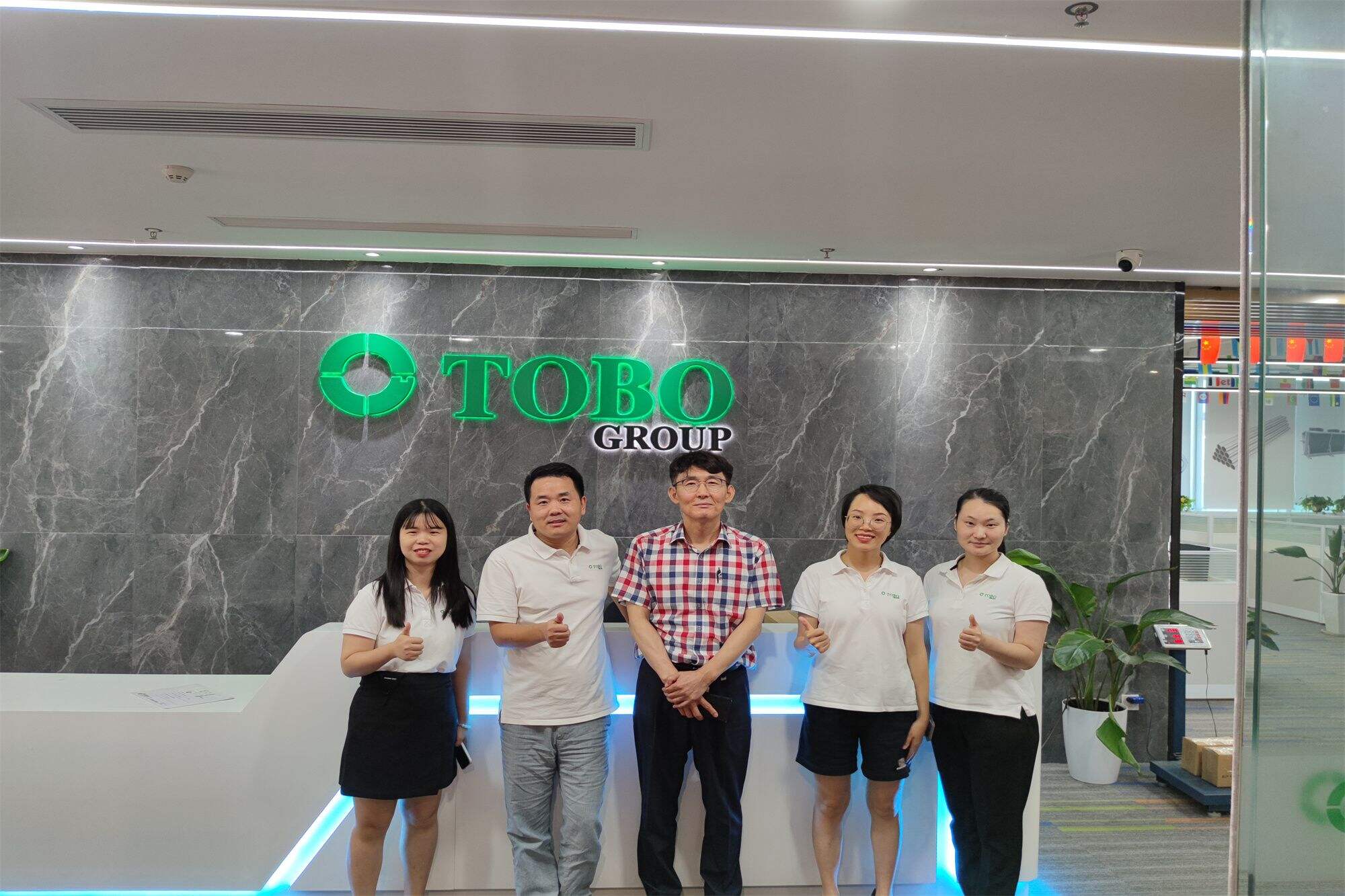
- Il y a un problème?
S'il vous plaît contactez-nous pour vous servir!
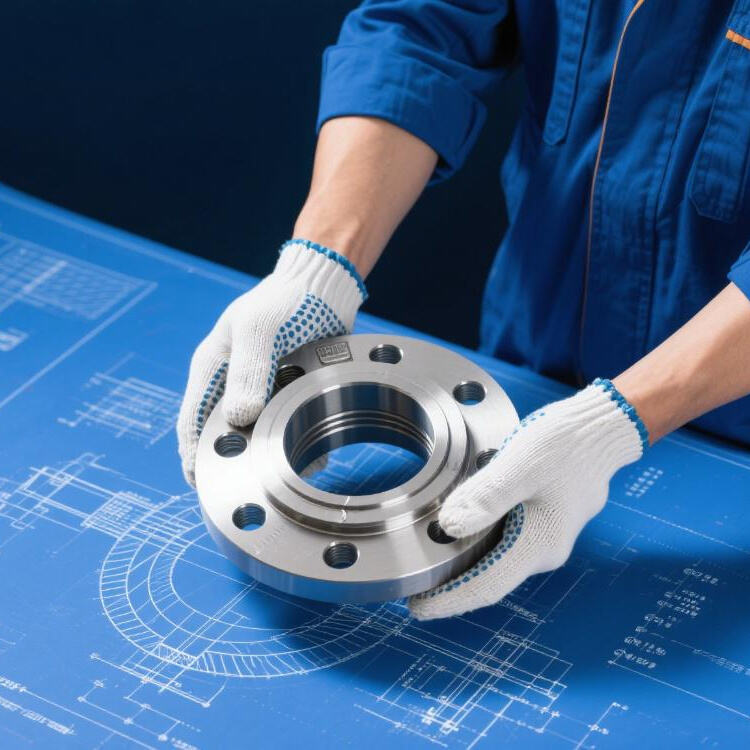
1. Couverture complète des matériaux
1.Excellente résistance à la corrosion
Fabriquées en matériaux haut de gamme à base de nickel, tels que le Hastelloy et l'Inconel, ces brides offrent une résistance exceptionnelle à la corrosion provoquée par des milieux agressifs, notamment les acides, les bases et les oxydes à haute température, garantissant ainsi la sécurité du système sur le long terme.
2.Excellente résistance à haute température
Maintient une résistance mécanique extrêmement élevée ainsi qu'une excellente résistance au fluage, même dans des environnements à haute température, offrant des performances stables et fiables adaptées aux conditions extrêmes rencontrées dans des industries telles que l'énergie et la chimie.
3. Fabrication précise et qualité
En respectant rigoureusement des normes telles que l'ASME, l'usinage de précision garantit l'exactitude des surfaces d'étanchéité et des dimensions des brides, permettant une étanchéité sans fuite.
4. Sélection professionnelle et réponse rapide
Propose des solutions d'appariement professionnelles en matière de choix des matériaux et des conditions de fonctionnement, tout en s'appuyant sur des stocks disponibles et un système de production flexible pour satisfaire les besoins urgents de livraison pour des projets critiques.
Matériaux courants : ASTM B564 UNS N06600 (Inconel 600), N06625 (Inconel 625), N10276 (Hastelloy C-276)
Unités : mm (dimensions) | MPa (pression) | kg (poids)
|
Type flange |
DN |
NPS |
Diamètre extérieur (DExt) ±Tol |
Cercle de fixation (DCB) ±Tol |
Épaisseur (Ép) ±Tol |
ORIFICES DE FIXATION (Qté×Diam) |
Hauteur du col (H) ±Tol |
Hauteur de face RF ± Tol |
Classe de pression |
Press de travail. (Mpa) |
Approximativement. Poids (kg) |
|
WN Classe 150 |
50 |
2 |
165 ±0. 8 |
125 ±0. 5 |
16 ±0. 3 |
4×19 |
45 ±0. 5 |
2. 0 ±0. 1 |
Classe 150 |
1. 96 |
2. 3 |
|
WN Classe 300 |
80 |
3 |
200 ±1. 0 |
160 ±0. 6 |
22 ±0,4 |
8×19 |
52 ±0. 5 |
2. 5 ±0. 1 |
Classe 300 |
5.10 |
4.5 |
|
SO Classe 600 |
40 |
1½ |
152 ±0,6 |
108 ±0,4 |
30 ±0,5 |
4×19 |
42 ±0,5 |
3,0 ±0,2 |
Classe 600 |
10.20 |
3. 2 |
|
CL 900 de BL |
50 |
2 |
222 ±0,8 |
165 ±0,5 |
43 ±0,8 |
8×22 |
- |
- |
Classe 900 |
15,30 |
7. 8 |
|
Série LWN B |
300 |
12 |
485 ±1,8 |
432 ±1,0 |
38 ±0,8 |
12×29 |
95 ±1,0 |
3,0 ±0,2 |
Classe 150 |
1. 96 |
35,0 |
|
PL PN16 |
100 |
4 |
220 ±1,2 |
180 ±0,6 |
20 ±0,4 |
8×22 |
56 ±0,5 |
2. 0 ±0. 1 |
PN16 |
1,60 |
5, 1 |
|
ORF PN40 |
65 |
2½ |
185 ±0,8 |
145 ±0,5 |
28 ±0,5 |
4×22 |
48 ±0,5 |
3,0 ±0,2 |
PN40 |
4,00 |
4. 0 |
|
FF Classe 1500 |
100 |
4 |
355 ±1,2 |
279 ±0,8 |
57 ±1,0 |
8×29 |
70 ±0, 8 |
7, 1 ±0, 2 |
Classe 1500 |
25, 50 |
19. 5 |
|
TH PN100 |
32 |
1¼ |
165 ±0, 6 |
117 ±0, 4 |
35 ±0, 6 |
4×22 |
38 ±0, 5 |
3,0 ±0,2 |
PN100 |
10. 00 |
3. 5 |
|
SW Classe 2500 |
25 |
1 |
136 ±0. 6 |
92. 1 ±0. 4 |
43 ±0,8 |
4×19 |
35 ±0. 5 |
7, 1 ±0, 2 |
Classe 2500 |
42. 50 |
4. 1 |
|
Paramètre |
Plage de tolérance (mm) |
Norme applicable |
|
Diamètre extérieur (DE) |
±(0, 1 %×OD +0, 5) ≤ ±2, 0 |
ASME B16, 5 Tableau 5 |
|
Cercle de trous (PCD) |
±0,25 (DN≤100) / ±0,5 (DN>100) |
EN 1092-1 Annexe D |
|
Épaisseur (Thk) |
+2,0/-0,0 (PN≤40) / +3,0/-0,0 (Haute Pression) |
ASME B16,5 §6,4,4 |
|
Hauteur du col (H) |
±1,0 |
DIN 2633 Type 11 |
|
Hauteur du joint RF |
±0,1 (Ra≤3,2μm) |
MSS SP-44 §7,3 |
|
Abrév. |
Nom complet |
Application typique dans les alliages de nickel |
|
N.O. |
Bride à souder |
Réacteurs haute température/pression, tubes de four |
|
SO |
Bride à souder en prise |
Lignes de petit diamètre dans le traitement chimique, analyseurs |
|
BL |
Tendeur aveugle |
Isolation des récipients en service corrosif |
|
LWN |
Brider longue à souder sur le col |
Raccordements de colonnes et de récipients sous pression |
|
PL |
Bride plate soudée |
Environnements basse pression, haute corrosion |
|
ORF |
Brider plat surélevé |
Raccordement standard pour systèmes de classe ASME |
|
Ff |
Brider à face plate |
Raccordements pour équipements en fonte, revêtements fragiles |
|
Le |
Tête filetée |
Échangeurs de chaleur à air, instrumentation |
|
Sw |
Bride filetée |
Raccordements non soudés dans les zones de maintenance |
|
Matériau (UNS) |
Nom courant |
Propriétés clés |
Facteur de déclassement en fonction de la température : |
|
|
|
|
|
|
|
200°C |
400°C |
600°C |
800°C |
|
N06600 |
Inconel 600 |
Résistance à l'oxydation, solidité |
0,97 |
0,90 |
0. 82 |
0. 70 |
|
N06625 |
Inconel 625 |
Résistance à la corrosion sous contrainte, solidité |
0. 98 |
0,95 |
0,90 |
0. 85 |
|
N10276 |
Hastelloy C-276 |
Résistance excellente aux chlorures |
0. 99 |
0,97 |
0. 94 |
0. 88 |
|
N08825 |
En acier inoxydable 825 |
Résistance aux acides sulfurique/phosphorique |
0. 96 |
0. 89 |
0,80 |
N/A |
|
N04400 |
Monel 400 |
Excellente résistance à l'acide fluorhydrique |
0,95 |
0. 85 |
0,75 |
N/A |
Note 1 : La pression maximale admissible réelle (MAWP) = Pression tabulée × facteur de dégression. Consulter le code ASME B31. 3 pour les calculs détaillés.
Note 2 : Les poids sont approximatifs et varient en fonction de la gravité spécifique de l'alliage de nickel (par exemple, le N10276 est plus dense que le N06600).
Si vous êtes intéressé par nos produits ou si vous souhaitez fabriquer et personnaliser des produits, n'hésitez pas à nous contacter.
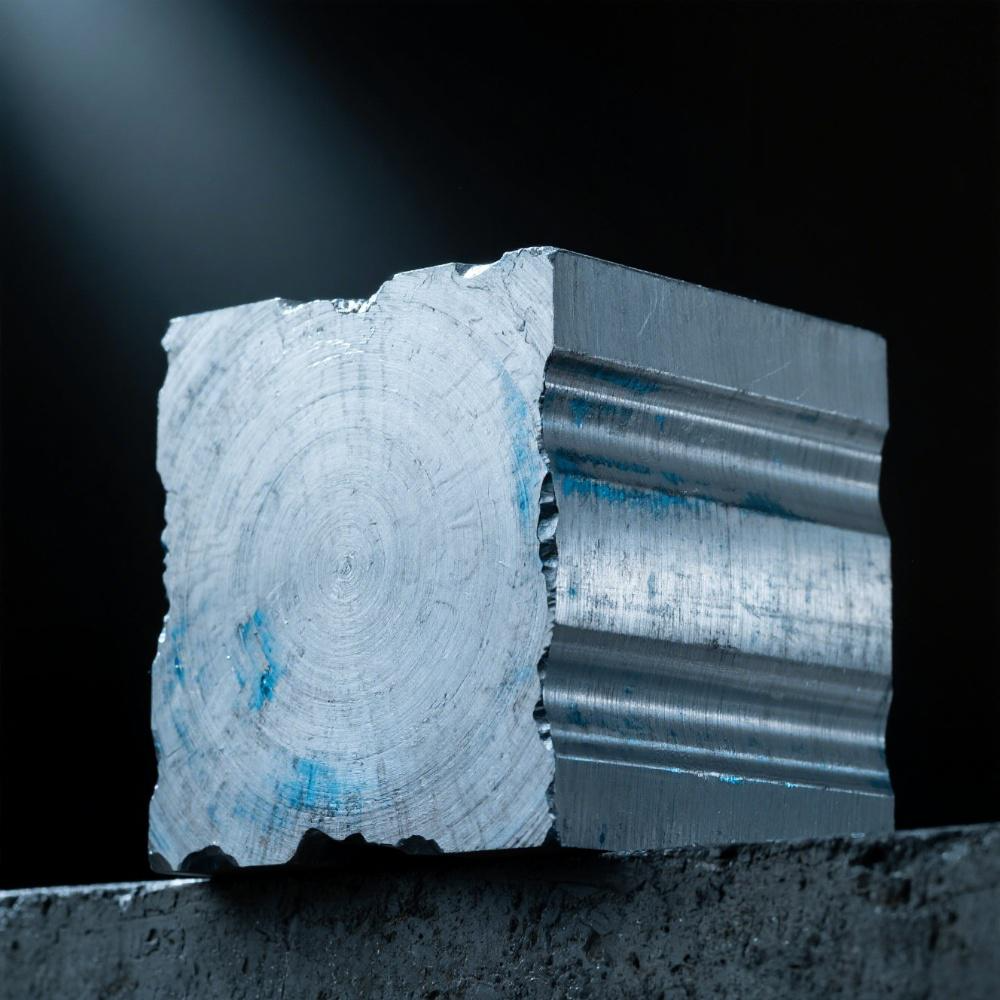
Tels que l'acier au carbone, l'acier allié, l'acier inoxydable, etc., couramment utilisés pour la fabrication de raccords de tuyauterie, brides, tétons et coudes.

Résistance élevée à la température/corrosion. Critique dans l'aérospatiale/le traitement chimique. Utilisé pour les tubes de réacteur, les vannes et les brides.
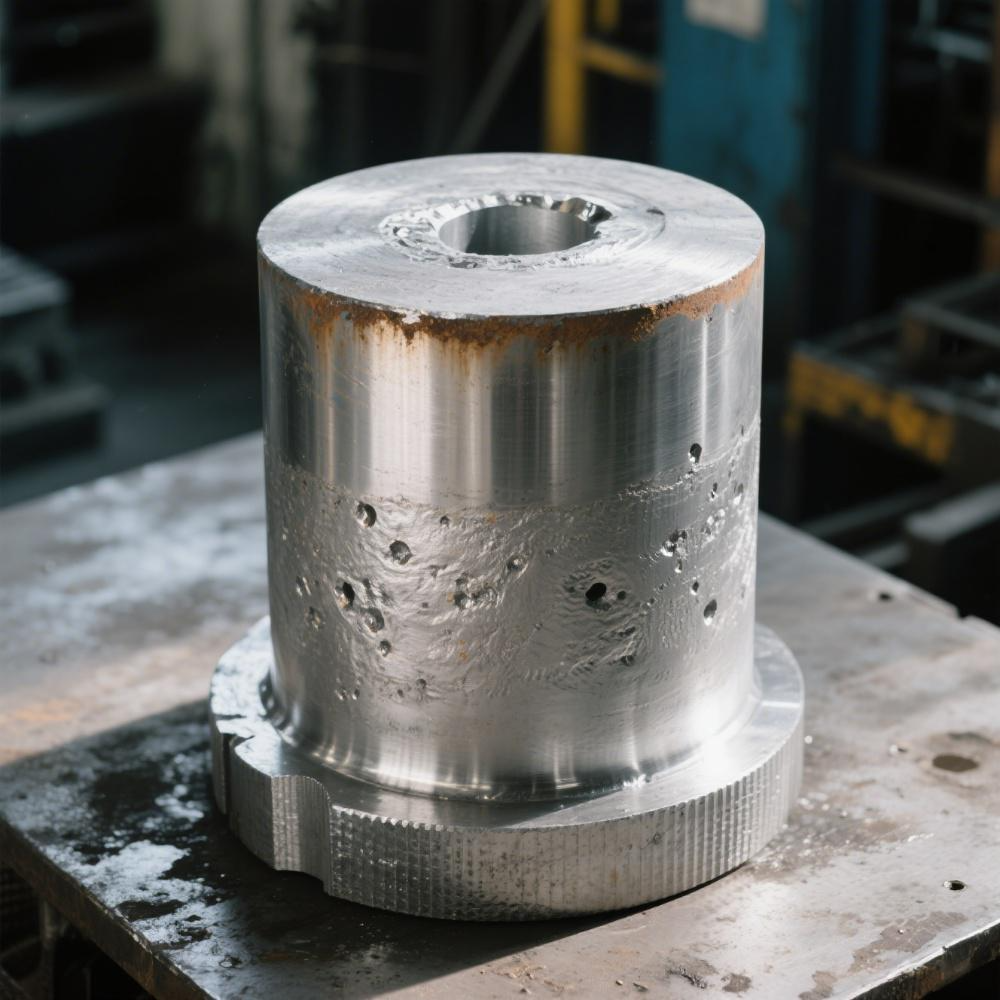
Résistance extrême à la corrosion (acides/halogènes). Indispensable pour des environnements chimiques/pétrochimiques agressifs. Utilisé pour les réacteurs, les tubes d'échangeurs.
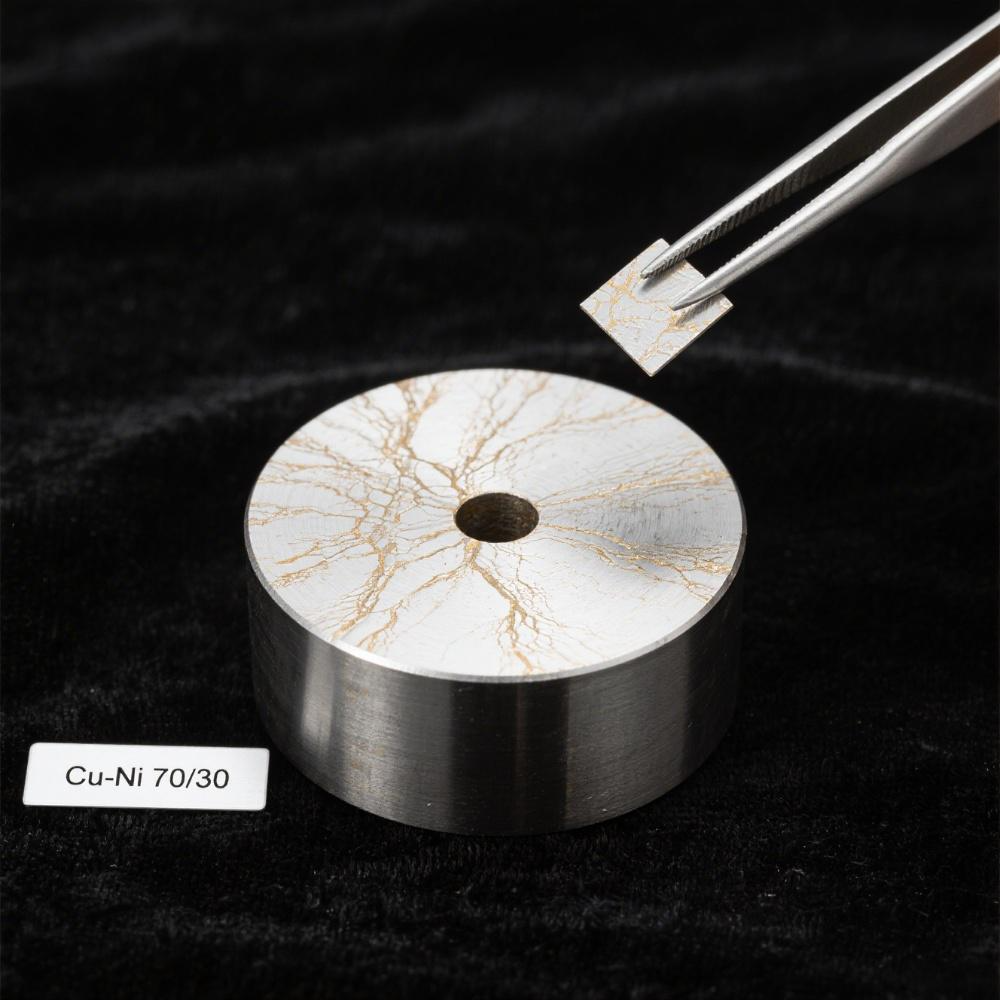
Excellente résistance à la corrosion/au biofouling de l'eau de mer. Essentielle pour les applications marines/en milieu offshore/de dessalement. Couramment utilisée pour les condenseurs/tuyaux d'eau de mer et raccords.
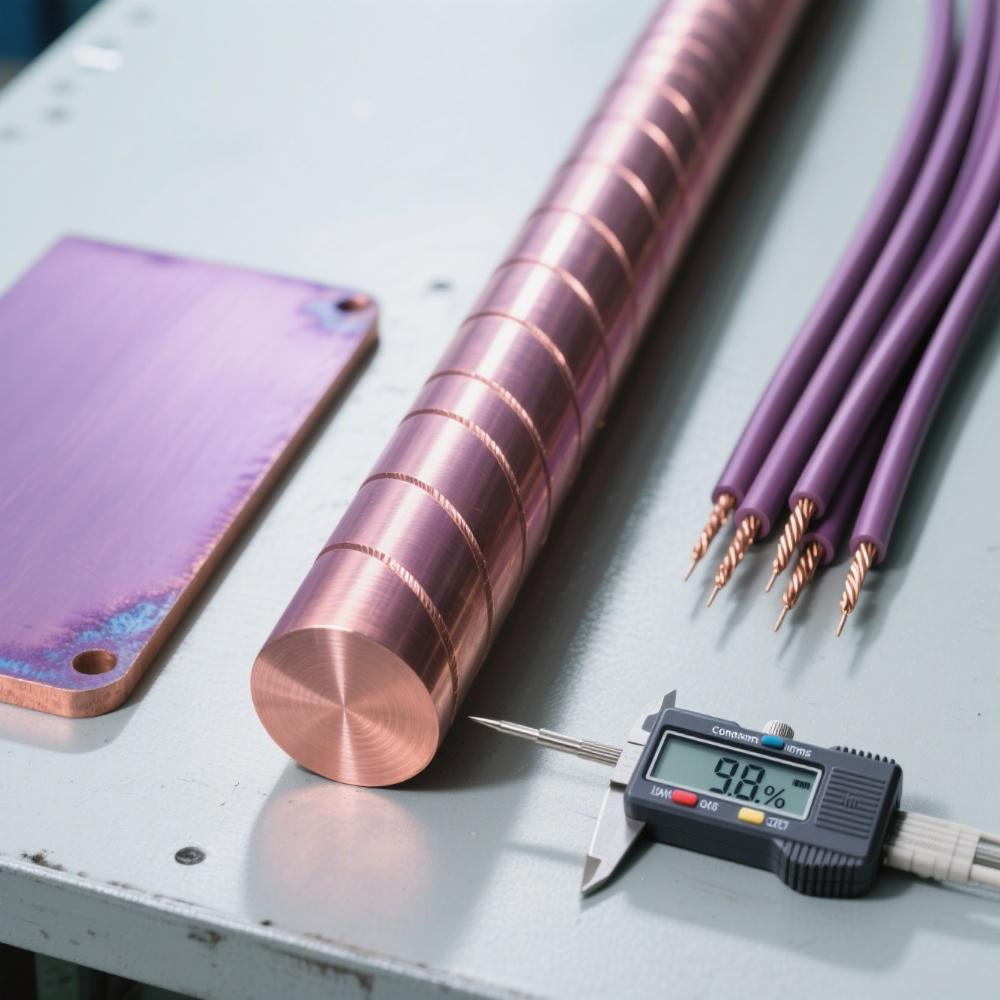
Excellente conductivité électrique/thermique, ductilité et résistance à la corrosion. Très utilisée pour le câblage électrique, les échangeurs de chaleur, les toitures et les installations de plomberie.

Alliage de cuivre et zinc, connu pour sa bonne usinabilité et sa résistance à la corrosion, est couramment utilisé pour la fabrication de vannes, de tuyaux et d'autres composants.
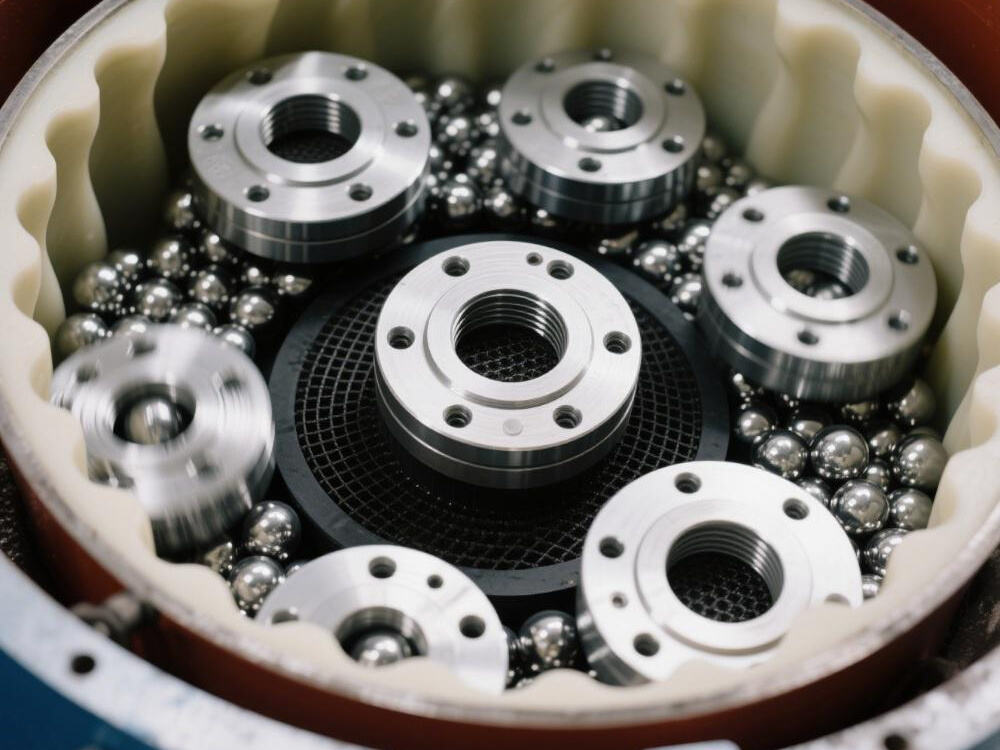
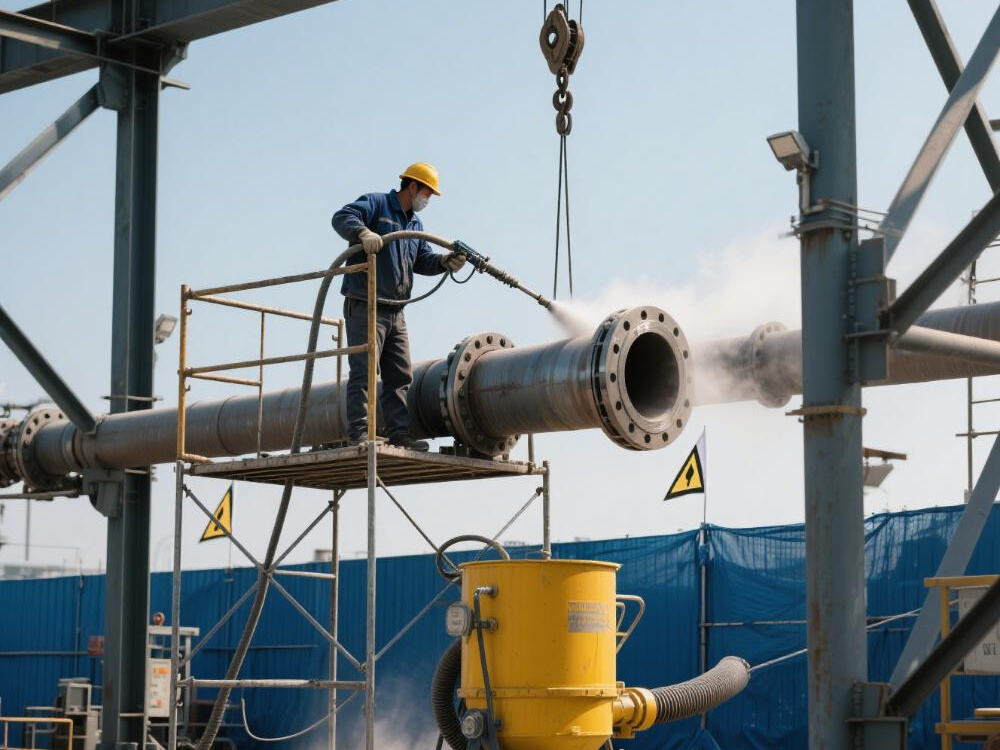
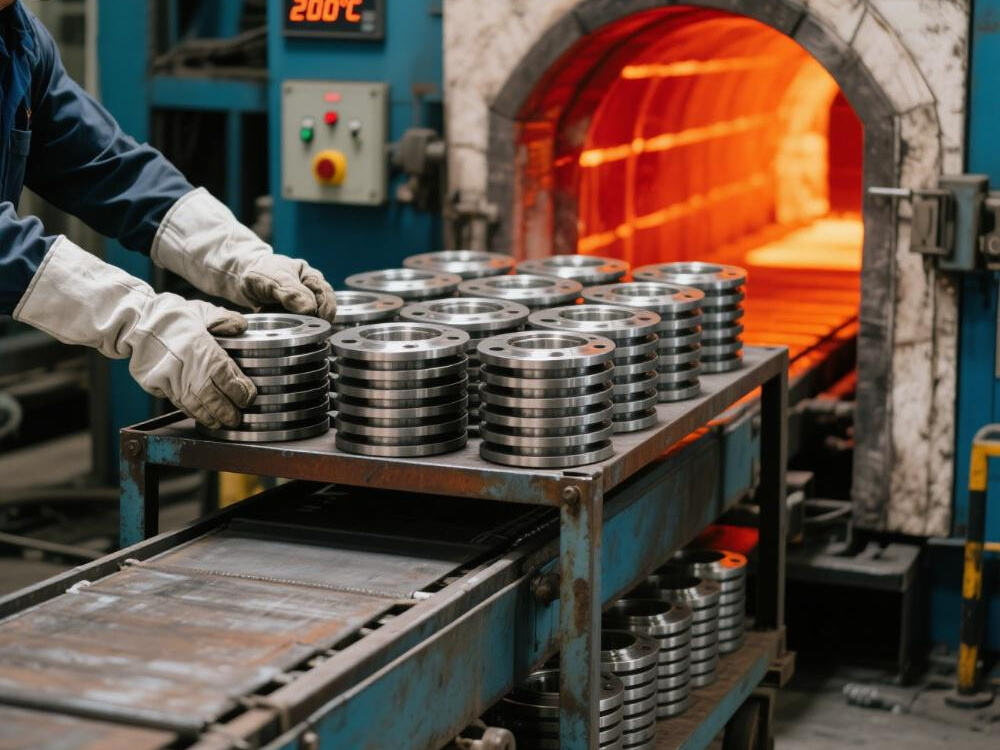

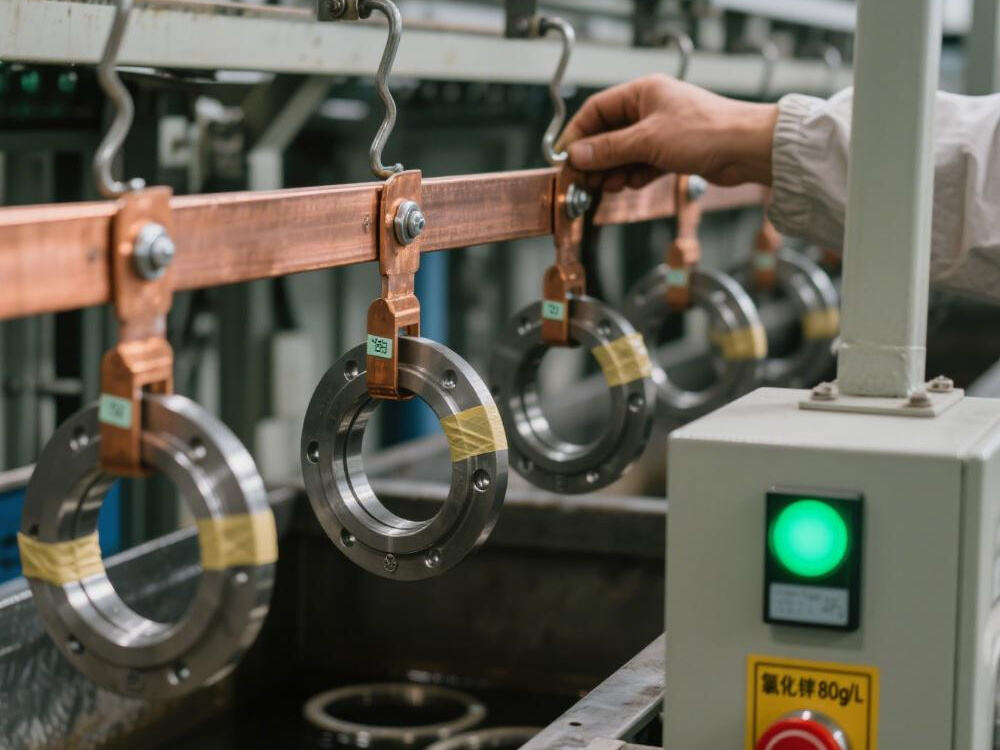
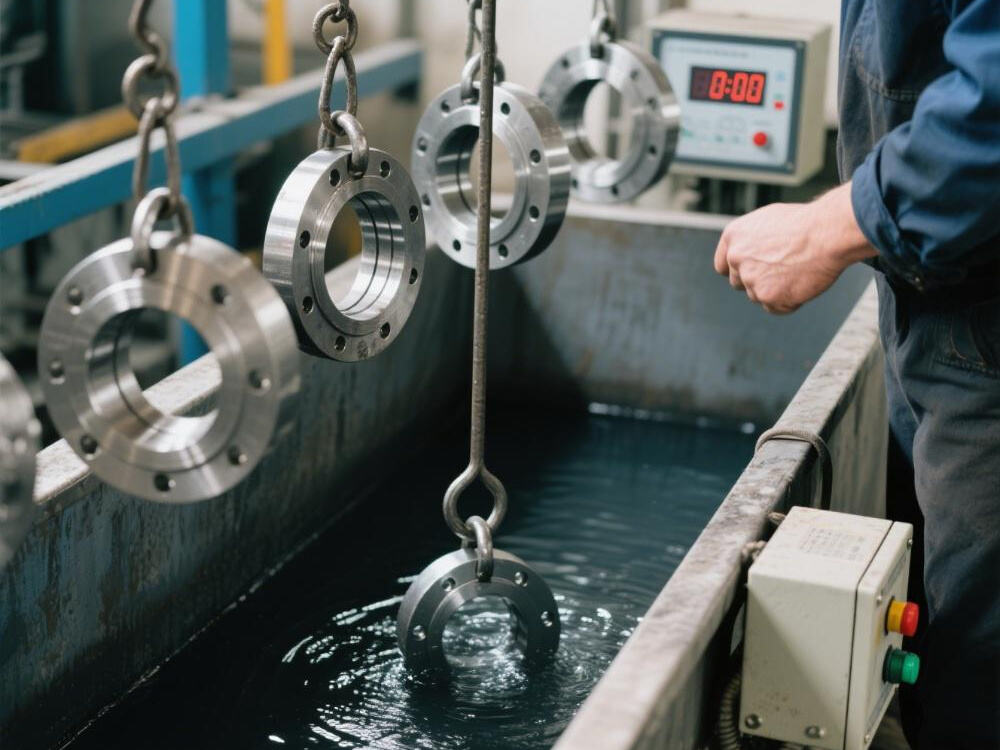


Droits d'auteur © TOBO GROUP Tous droits réservés - Politique de confidentialité